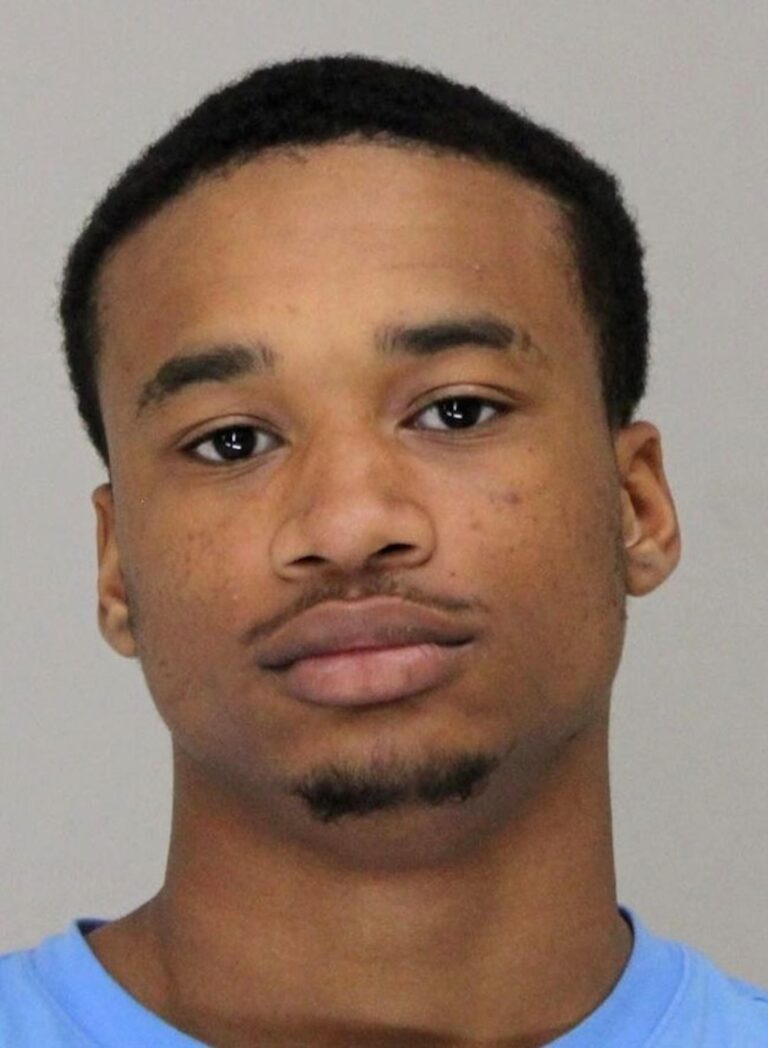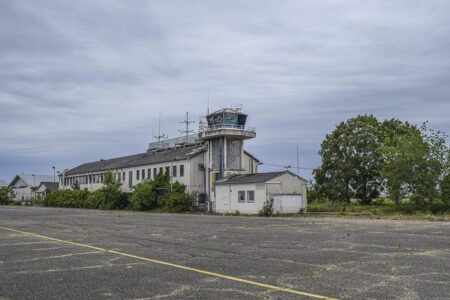Unsecured Access Exposed in Dallas School Shooting Incident
Recently surfaced video footage has unveiled a significant security flaw at a Dallas school, where the alleged shooter entered through a door left unlocked and unattended. This breach bypassed established security checkpoints, spotlighting critical weaknesses in the school’s access control during operational hours. The incident raises pressing concerns about the effectiveness of current safety measures in environments with dense student populations, emphasizing how minimal supervision can lead to unauthorized entry during vulnerable moments.
Key observations from the investigation include:
- Unsecured Entryways: Several external doors lacked automatic locking systems, allowing easy access.
- Absence of On-Site Monitoring: No staff members were present to oversee or restrict entry at the compromised door.
- Potential for Policy Overhaul: This event may trigger a district-wide reassessment and tightening of door security protocols.
| Security Aspect | Current Status | Consequences |
|---|---|---|
| Door Locking System | Nonexistent | Unrestricted entry permitted |
| Surveillance Systems | Operational | Recorded breach but failed to prevent it |
| Staff Supervision | Absent | Delayed threat recognition and response |
This footage starkly illustrates that while video monitoring can document incidents, it cannot replace active prevention and immediate intervention by security personnel within schools.
Law Enforcement Report Highlights Security Gaps and Response Delays
The official affidavit obtained by authorities details how the alleged Dallas school shooter exploited an unlocked door to enter the premises, a critical failure in the school’s security framework. Video evidence supports these findings, showing the individual gaining access without encountering any resistance. The report identifies multiple lapses, including unlocked entrances and a sluggish lockdown response, which collectively facilitated the breach. Despite existing security infrastructure, execution errors created exploitable vulnerabilities.
The timeline of events from entry to law enforcement arrival reveals missed opportunities for quicker intervention:
- Lockdown alert delayed by approximately 3 minutes
- Initial confusion among security staff causing a 5-minute engagement delay
- Communication breakdowns between school officials and emergency responders
These deficiencies have intensified calls for immediate reforms in school safety policies across the Dallas area, focusing on enhancing door security and expediting emergency responses.
| Event | Elapsed Time (Minutes) | Details |
|---|---|---|
| Entry via unsecured door | 0:00 | Unchallenged access |
| Lockdown notification | 3:00 | Delayed activation |
| Security team engagement | 8:00 | Initial confusion |
| Police arrival | 12:00 | Response initiated |
Call for National Reassessment of School Access Policies
Following this alarming breach, safety specialists and education leaders nationwide are urging a comprehensive review of school entry procedures. The incident underscores the urgent need to secure all access points during school hours. Experts recommend thorough evaluations focusing on:
- Physical security infrastructure including locks, surveillance, and alarm systems.
- Staff training for vigilant monitoring of entrances and visitor management.
- Emergency protocols designed for swift lockdowns and breach containment.
Improved collaboration between law enforcement and school administrators is also critical. A tiered access control system is proposed to better regulate various entry points. The table below outlines suggested priorities for implementation:
| Priority | Target Area | Recommended Action |
|---|---|---|
| High | Main and Side Entrances | Install electronic locking and continuous video monitoring |
| Medium | Secondary Doors and Emergency Exits | Regular security inspections and securing unattended doors |
| Low | Perimeter Fencing | Enhance fencing and deploy motion sensor surveillance |
Enhancing School Security and Empowering Staff Through Training
In response to the recent breach involving an unsecured entry point, schools must prioritize upgrading physical security by installing advanced locking systems and alarm technologies. Incorporating biometric or keycard access can drastically reduce unauthorized entries. Regular security audits should be mandated to promptly identify and address vulnerabilities. Partnering with local law enforcement for routine penetration testing can reveal hidden weaknesses. Additionally, deploying AI-powered surveillance cameras can provide real-time alerts on suspicious activities.
Equally vital is strengthening staff preparedness through comprehensive training programs focused on emergency readiness and crisis management. Schools should implement dynamic, scenario-based drills covering lockdown procedures, communication protocols, and mental health first aid. Empowering staff to respond decisively requires ongoing refresher courses and practical exercises. The table below summarizes essential training components recommended for educational institutions:
| Training Area | Description | Recommended Frequency |
|---|---|---|
| Emergency Drills | Simulated lockdowns and evacuations | Quarterly |
| Communication Procedures | Clear protocols for alerting authorities and families | Biannual |
| Mental Health Training | Recognizing and addressing behavioral warning signs | Annual |
| First Aid & Trauma Response | Basic emergency medical care skills | Annual |
Conclusion: Urgency for Reinforced School Security
As investigations into the distressing Dallas school shooting continue, the spotlight remains on the glaring security deficiencies revealed by the affidavit and video evidence. This incident serves as a powerful catalyst for schools nationwide to reevaluate and strengthen their safety protocols to avert future tragedies. Authorities are expected to release further updates, while communities seek reassurance that decisive actions will be taken to protect students and staff alike.







